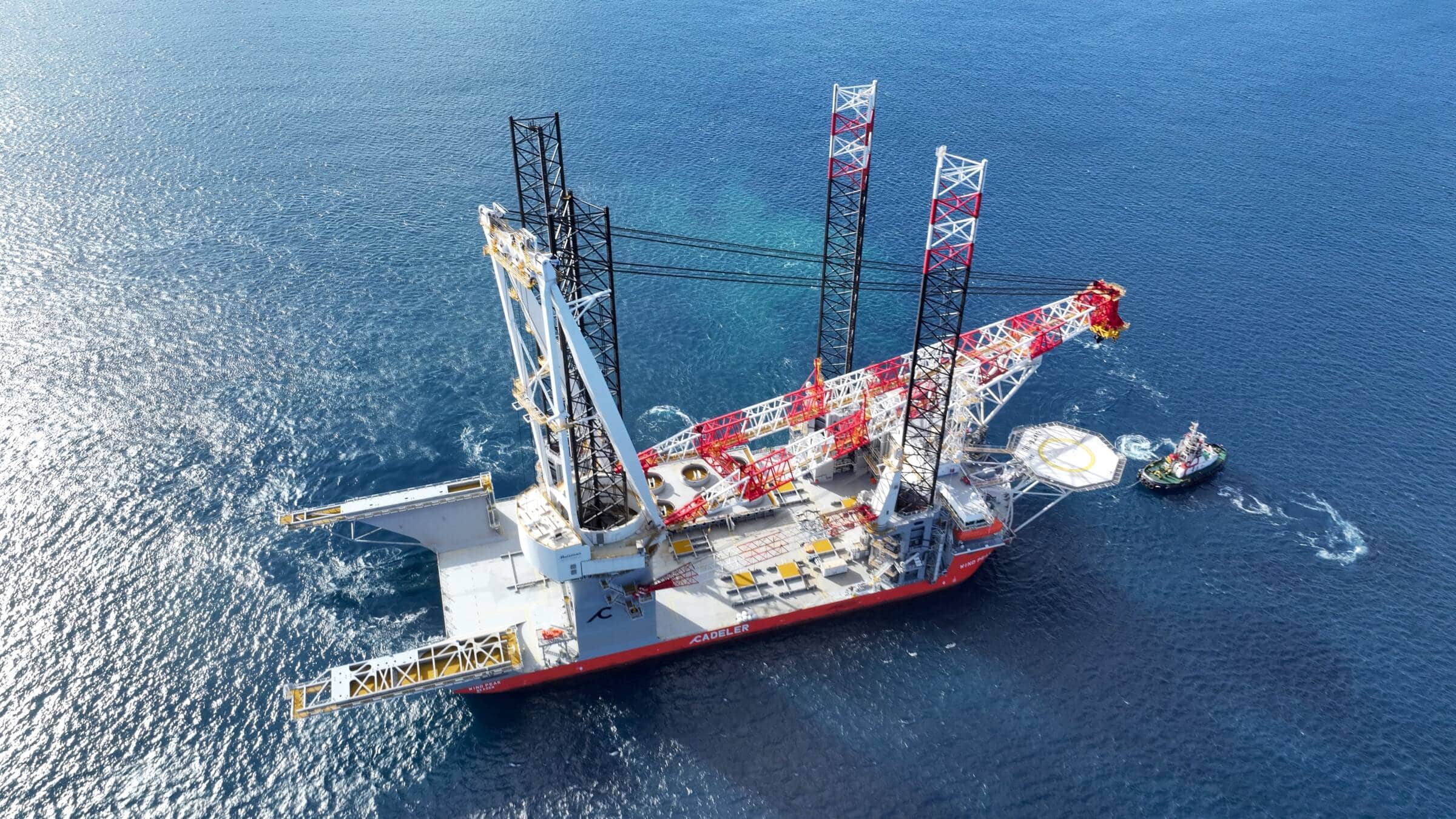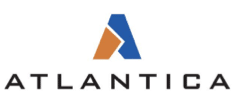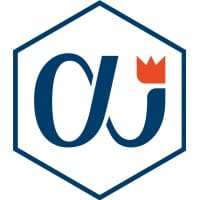Wind Peak has been actively engaged in maintenance work since its delivery and arrival in Europe. The vessel has serviced multiple wind farms, maintaining Vestas turbines.
The maintenance segment of offshore wind has often been overlooked. It lacks the glamour of installing brand-new turbines on new projects, and few want to admit when a turbine is broken. However, as more turbines are installed, the reality is that turbines break. When major components need maintenance or replacement, a large vessel must be involved.
Dedicated vessels for offshore maintenance are few in number and often smaller in size. Competitive vessels are typically tied up installing new turbines on other projects, making their availability scarce. For some time now, turbines of 8 MW and above have been installed, and like smaller turbines, they too are prone to failure. This has increased pressure on competitive vessels to assist when possible.
Wind Peak, for instance, is as competitive as they come. With a 2,600-ton crane, a vast deck space, the ability to lift turbine components 200 meters above the deck, and long legs designed for deep waters, this vessel was built to install new turbines for the next 15 years. It was never expected to begin its career in the maintenance segment—but it did.
Delivered ahead of schedule, the vessel would have otherwise remained idle in port. Instead, Cadeler identified an opportunity to use Wind Peak for maintenance work as Vestas required vessels for such tasks under a frame agreement with Cadeler.
Since late November, Wind Peak has been involved in several projects, including Northwester 2, Borssele III & IV, Norther, and Borkum Riffgrund 2 working on the Vestas V164 model. The vessel will continue its work until it’s time to mobilize for the Sofia offshore wind project in the UK.
The maintenance segment for offshore wind is poised to have a greater impact on the installation vessel fleet as the demand for larger vessels for maintenance grows. Turbine OEMs and developers will push hard to secure vessels, which will affect overall vessel availability. However, this shift could reduce vessel downtime, enabling them to transition from installation to maintenance in a matter of hours if necessary.
Image Source: Cadeler



















































































